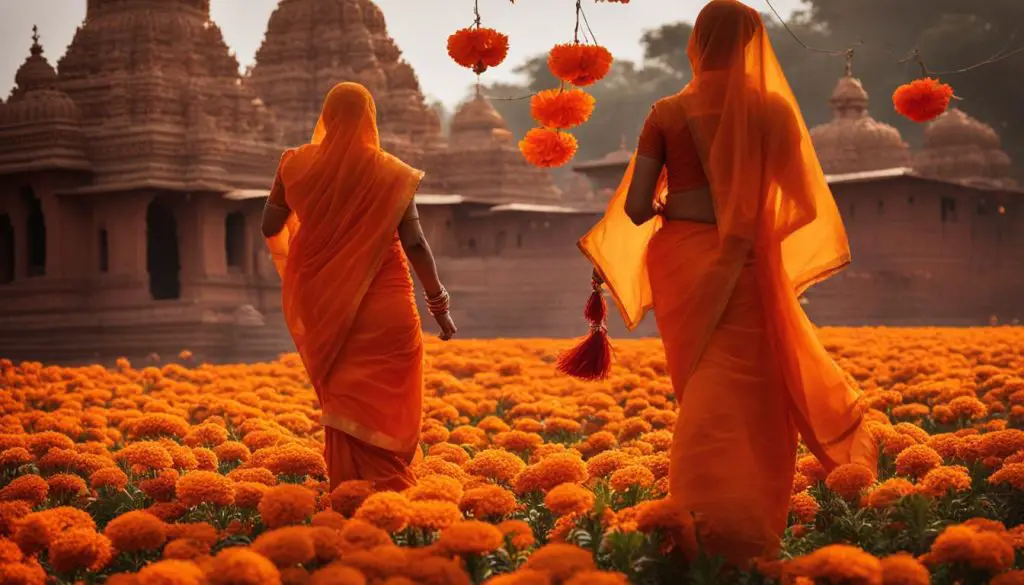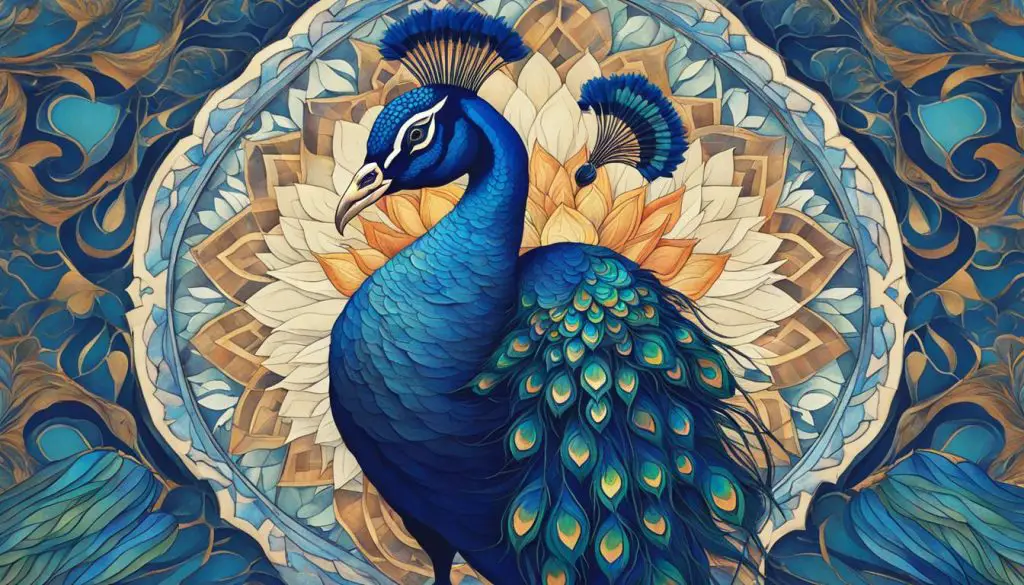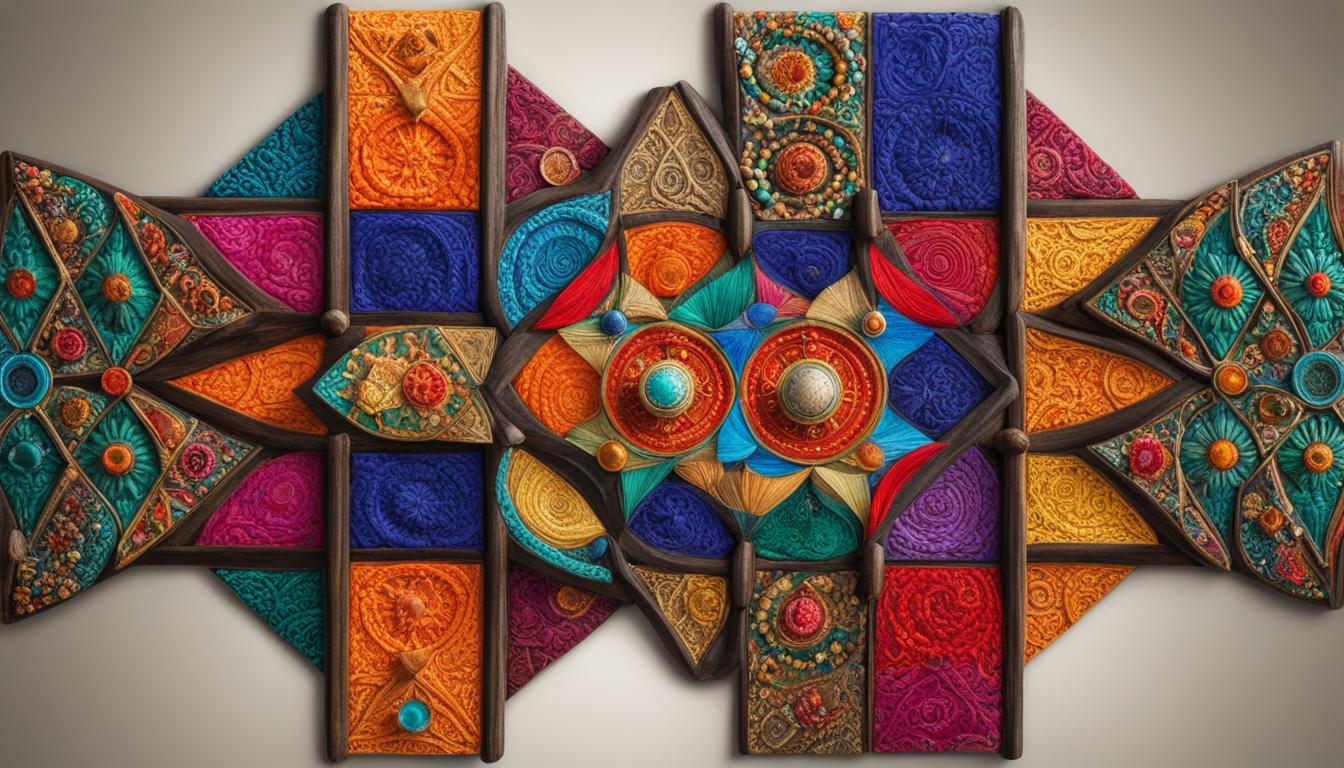Have you ever wondered what the color of good luck is in India? Color symbolism in India holds deep cultural significance, with each color representing specific qualities and beliefs. Understanding the lucky colors in India can provide valuable insights into the country’s rich traditions and beliefs. Let’s dive into the vibrant world of Indian colors and explore their meanings together!
Contents
- 1 The Significance of Red in Indian Culture
- 2 The Cultural Significance of White in India
- 3 The Vibrant Symbolism of Green in Indian Culture
- 4 Conclusion
- 5 FAQ
- 5.1 What is the significance of color in Indian culture?
- 5.2 What does the color red symbolize in Indian culture?
- 5.3 What does the color white represent in Indian culture?
- 5.4 What is the significance of saffron/orange in Indian tradition?
- 5.5 What does the color green symbolize in Indian culture?
- 5.6 What is the meaning of the color blue in Indian traditions?
- 5.7 What is the cultural significance of colors in India?
- 6 Source Links
Key Takeaways:
- The color symbolism in India is rooted in the belief system revolving around the three Gunas: tamas, rajas, and sattva.
- Black is associated with tamas, red symbolizes rajas, and white is linked to sattva.
- Red holds significance in Indian culture, representing passion, fertility, and marital bliss.
- White signifies truth, detachment, and higher castes but is also associated with mourning and death.
- Saffron/orange is considered sacred, symbolizing courage, renunciation, and Hindu fundamentalist political parties.
The Significance of Red in Indian Culture
In Indian culture, the color red holds immense significance and is deeply woven into various aspects of life. It symbolizes passion, fertility, and marital bliss. The vibrancy of red represents the intensity of emotions and the energy of life itself. Red is the color of choice for traditional Hindu brides, who adorn themselves in red attire on their wedding day. This color is believed to bring good luck and ensure a prosperous married life.
Red is also associated with the base chakra, which represents stability and grounding. In Hindu astrology, it is linked to the planet Mars, known as Mangal in Sanskrit. Mars is considered a significant celestial body that governs courage, leadership, and determination. By wearing or incorporating red into their lives, individuals seek to invoke these qualities and attract positive energy.
In addition to its symbolic meaning, red is widely used in Indian festivals and celebrations. It is prominently featured in traditional dance performances like Bharatanatyam and Kathak, where vibrant red costumes symbolize the passion and energy expressed through the art form. Red is also used in decorative elements during festivities such as Diwali and Holi, adding to the festive and joyous atmosphere.
The significance of red in Indian culture extends beyond its visual appeal. It represents love, desire, and vitality, embodying the various elements that make life vibrant and meaningful. Whether in weddings, festivals, or daily life, the color red holds a special place in the hearts of Indians and continues to be an integral part of their cultural heritage.
The Cultural Significance of White in India
In Indian culture, the color white carries deep symbolic meaning and is associated with higher castes, truth, and detachment. It holds a prominent place in various aspects of Indian traditions and beliefs. Despite its association with mourning and death, white is seen as a color of purity, calmness, and luminosity.
Traditionally, white is worn by widows as a sign of mourning and celibacy. It symbolizes their detachment from worldly desires and their dedication to spiritual pursuits. White is also favored by enlightened gurus, who don white robes to represent their higher knowledge and detachment from material possessions.
“White is not just a color but a way of life. It signifies the purity of thoughts and actions,”
says Swami Devananda, a renowned spiritual leader.
White is deeply ingrained in Indian culture, representing a balance of emotions and a pursuit of higher truths. It is a color that resonates with individuals who seek spiritual enlightenment and strive for inner peace.
The Cultural Significance of White in Different Aspects of Indian Tradition
| Aspect | Significance of White |
|---|---|
| Widows | Symbolizes mourning, celibacy, and detachment from worldly desires |
| Gurus and Spiritual Leaders | Represents purity, knowledge, and detachment from material possessions |
| Marriages | Traditional color worn by the bride, signifying purity and new beginnings |
| Religious Ceremonies | White is often used in religious rituals to symbolize purity and divine presence |
Understanding the cultural significance of colors, such as white, in India provides a glimpse into the rich tapestry of traditions and beliefs that shape the country. White represents a pursuit of truth, detachment from material desires, and a yearning for spiritual growth. It is a color that holds deep cultural significance and continues to be embraced and celebrated in various aspects of Indian life.

| Saffron/Orange Symbolism in India | Meaning |
|---|---|
| Hinduism | Sacred color, purity, spirituality |
| Monastic Tradition | Renunciation, dedication to a higher power |
| Politics | Courage, sacrifice, patriotism |
| Ancient Origins | Union of love and wisdom, energy, vitality |
The Spiritual and Political Significance
“Saffron represents the spiritual essence of Hinduism and the commitment to self-realization. It is a color that embodies purity, peace, and enlightenment.” – Hindu spiritual leader
Saffron’s symbolic value in Indian tradition goes beyond its vibrant appearance. It represents the spiritual essence of Hinduism and encourages individuals to embark on a journey of self-realization. The color is a reminder to seek purity, peace, and enlightenment in one’s life.
Furthermore, saffron’s association with Indian politics highlights its deep-rooted significance. The color serves as a unifying force, representing the courage, sacrifice, and patriotism of the Indian people.
Overall, saffron/orange plays a crucial role in Indian culture, symbolizing spirituality, dedication, and national pride. Its vibrant hue and multifaceted symbolism make it a color of great importance in the tapestry of Indian traditions and beliefs.
The Vibrant Symbolism of Green in Indian Culture
Green holds a multifaceted symbolism in Indian culture, encompassing both religious and natural associations. It represents the Islamic faith and the verdant beauty of nature. In the context of Indian weddings, green holds particular significance for Deccani brides, symbolizing fertility and growth. The color green is also prominently featured in the Indian flag, representing the country’s deep connection to the environment.
The cultural significance of green in India extends beyond its religious and natural connotations. Green is believed to symbolize the manifestation of God in nature, with the color serving as a reminder of the divine presence in the world around us. The lush green landscapes of India, from the rolling hills to the vibrant tea plantations, further reinforce the connection between green and the country’s natural beauty.
Despite Islam being a minority religion in India, the color green remains a strong symbol in Indian culture. It is a testament to the diversity and inclusivity of the country, where multiple faiths and their associated symbols coexist harmoniously. Green serves as a vivid reminder of the rich tapestry of beliefs and traditions that contribute to the cultural fabric of India.

In Indian traditions, the color blue holds diverse and intricate meanings. Some Brahmins choose not to wear blue due to its association with killing organisms, while others embrace it for its protective powers against the evil eye. Blue is notably associated with Lord Krishna, one of the most revered gods in Hindu mythology. He is often depicted with blue skin, symbolizing the transcendent and infinite reality.
Blue also evokes the vastness of the sky and the depth of the ocean in Indian culture. It represents the boundless expanse of the universe and serves as a reminder of the limitless potential within oneself. Blue is a color of tranquility and peace, inviting a sense of calmness and serenity.
Furthermore, blue bears spiritual significance in Indian traditions. It is associated with the throat chakra, which governs communication and self-expression. By wearing or surrounding themselves with blue, individuals seek to enhance their ability to express themselves and communicate effectively.
In summary, the color blue in Indian culture encompasses various meanings, from transcendence and infinity to tranquility and effective communication. Its association with Lord Krishna, the vastness of the sky and ocean, and the throat chakra all contribute to its multifaceted symbolism in Indian traditions.
Conclusion
Colors hold deep cultural significance in India, with each color representing specific qualities or beliefs. Red symbolizes passion and fertility, white represents truth and detachment, saffron/orange holds religious and political significance, green represents Islam and nature, blue has diverse meanings, and yellow is associated with knowledge and abundance. These symbolic colors play a significant role in Indian traditions and are believed to bring good luck.
Understanding the cultural significance of colors in India provides insight into the rich and vibrant tapestry of the country’s traditions and beliefs. Whether it’s the choice of red for bridal attire, the preference for white among enlightened gurus, or the importance of saffron in political and religious contexts, the colors in India carry deep meaning and reflect the diverse cultural heritage of the country.
From the association of red with passion and energy to the symbolism of blue representing the transcendent and infinite, each color tells a story and adds layers of meaning to Indian traditions. The cultural significance of colors in India is a testament to the country’s deep-rooted beliefs and the importance of symbolism in everyday life.
So, the next time you see vibrant hues adorning Indian clothing, flags, and sacred spaces, remember that these colors hold a special place in the hearts and minds of the Indian people. They represent not only beauty but also the values, beliefs, and aspirations that define Indian culture.
FAQ
What is the significance of color in Indian culture?
Colors in Indian culture hold deep symbolic significance and are believed to represent specific qualities or beliefs. They are associated with emotions, traditions, and religious beliefs.
What does the color red symbolize in Indian culture?
Red is considered a symbol of passion, fertility, and marital bliss in Indian culture. It is also associated with the base chakra and the planet Mars in Hindu astrology.
What does the color white represent in Indian culture?
White is traditionally associated with higher castes and signifies truth, detachment, and purity. It is also worn by widows and is linked to mourning and death.
What is the significance of saffron/orange in Indian tradition?
Saffron or orange is considered the sacred color of Hindus and holds political significance in India. It is associated with courage, renunciation, and Hindu fundamentalist political parties.
What does the color green symbolize in Indian culture?
Green predominantly symbolizes Islam and nature in Indian culture. It is associated with fertility and is also featured in the Indian flag to represent nature.
What is the meaning of the color blue in Indian traditions?
The color blue has varied meanings in Hindu traditions. It is associated with Lord Krishna, symbolizing the transcendent reality, the sky, the ocean, and infinity.
What is the cultural significance of colors in India?
Colors hold great cultural significance in India, representing specific qualities and beliefs. They play a significant role in Indian traditions and are believed to bring good luck.





